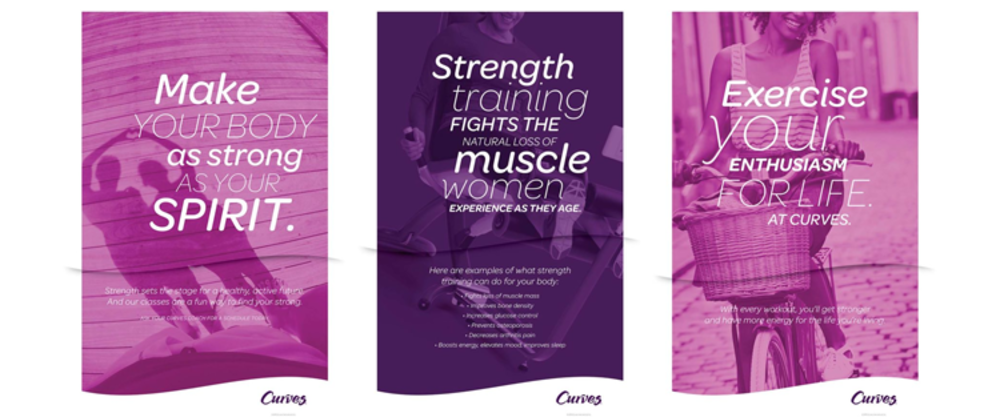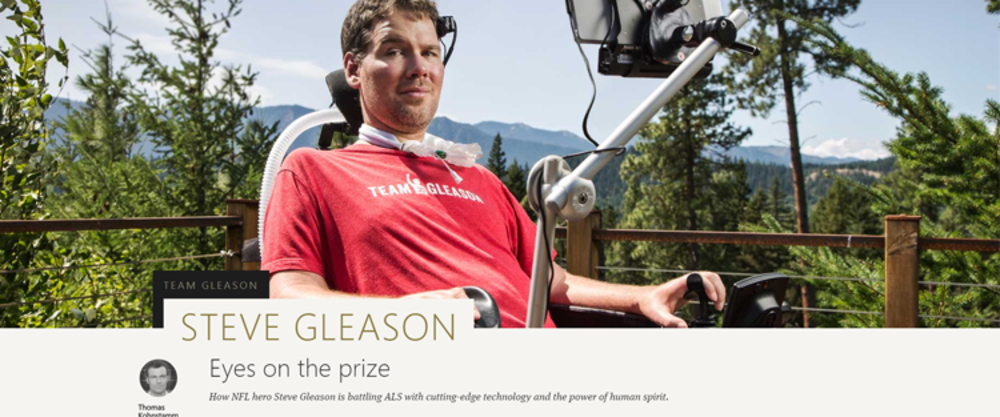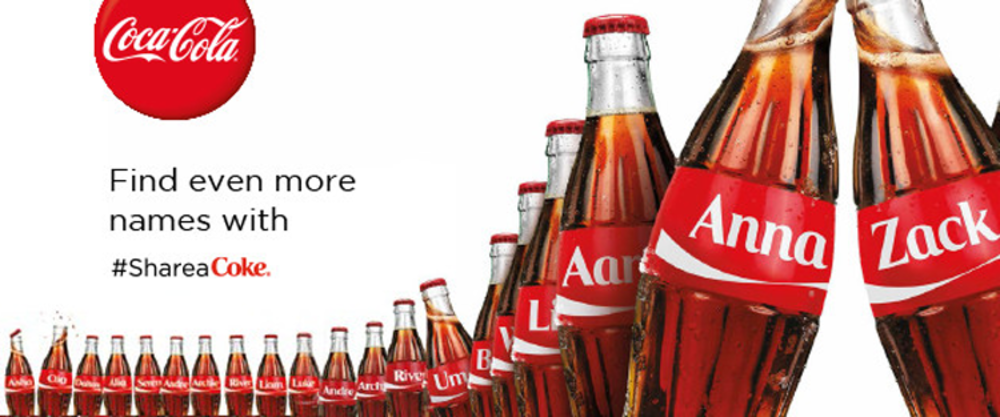Just do it.
Think different.
Open happiness.
When you think about branding, big business comes to mind. Branding is for giant corporates. Right?
Wrong.
Building a great brand is a crucial part for any marketing strategy, whether you´re in the SME fitness business or big box. Branding is something your gym needs too. Because you’re worth it.
What is your gym brand?
Let me get this out of the way real quick: Your brand is not what you say it is.
Your brand is how people perceive your business.
The art of branding is how you influence that perception.
Why is branding important for gyms?
Without branding, your gym might not stand out much in this day and age. Between the purple mass-appeal of Planet Fitness and the high-tech look and service level of boutique studios, your gym might be lost in the noise. This can be avoided by following the right steps to successfully branding your gym.
Develop your gym’s brand in 5 steps
1. What’s your audience?
Do you cater to the general fitness crowd, or is your gym the church of iron for experienced weightlifters? Your target audience influences every step in the process of gym branding.
I can’t tell you what your ideal audience is. The biggest tip is to be pragmatic. Have a good, hard look at the demographics in your area before you develop your audience. If you’re in a rural area, you might have a hard time selling an urban brand. And if the competition is already quite stiff for a certain audience, it might be better to carve out your own niche somewhere else.

A brand to learn from: Curves
Curves is a business with a clear-cut audience. Women who want to get fit in a relaxed, non-intimidating environment. As their then-VP of Science and Programs Hannah Karass said in a HuffPo interview : “I think of myself in a big co-ed gym,” she said. “If I work with a 10-pound (4.5 kg) dumbbell and I see men lifting 25, there is an emotional reaction.”
That’s knowing your audience, right there.
2. Know your brand values
You have a vision for your business, right? If not, better start thinking! You need a clear idea about the future of your gym, but more importantly, where you stand today.
Let’s talk about brand values.
For your audience, your brand has two main aspects:
- Your visual identity
- Your gym brand needs a voice
But to excel in those, and to really make a brand complete, brand values are needed. This is an internal aspect of a brand that needs to live in your whole company. Your brand values don’t just inform your visual identity and your voice. They affect your entire business, right down to the way your staff interacts with members.
That’s why you shouldn’t go the easy way and go for cliché values like “Trustworthy”. Think hard about which values… add value to your business. One of the best ways is to look back at step one, and align your values with the values of your audience.

A brand to learn from: Patagonia
A values-led business if there ever was one. Built by and for nature lovers, Patagonia has a long history in environmental activism.
In 2002, their founder Yves Chouinard co-launched the One Percent for the Planet organization. Members donate at least 1% of annual sales to environmental causes. In 2018 they donated $10M in tax cuts to environmental organizations instead of putting it back in their business.
I’m not saying to donate millions to charity. I’m not telling you to donate at all. I’m asking: what do you stand for?
3. Create a strong visual identity
The first thing people notice about a business is simply what it looks like. You want to nail that first impression. The key elements of your visual identity include:
- A well-designed logo. Don’t design it in Microsoft Paint. Seriously, just don’t. Keep it simple and tailor it to attract your specific audience. Key tip: Ask for feedback wherever you can. Realize that you’re not designing the logo just for yourself. You want to appeal to your audience!
- A color scheme. Are you going for high-class chic? Avoid gaudy colors. Do you want to look friendly? Go for lighter tones. The color scheme you use affects the way your customers perceive you.
- Typography. It’s something you might not think of, but certain fonts really don’t look all that professional.
Featured guest article: Make Member Retention Easy by Creating a Compelling Lifestyle Brand .

A brand to learn from: Headspace
Headspace is one of the most-used meditation apps out there. Their visual style is über consistent across all channels, from app to site to Instagram. More importantly: it perfectly captures their brand. Cheery colors and whimsical illustration support their mission: less stress, more health and happiness.
4. Be a storyteller
Everyone loves a good story. Fewer people love standard business tales. This is where your brand voice comes into play. Are you a young, hip studio? Let your words reflect that. Do you specialize in services for seniors? You probably need a completely different vocabulary.
Once you figure out your style, tell stories that resonate with your audience. Involve them through success stories, move them with your passion, motivate them with your experience.
Through your stories, you develop a distinct brand personality which further connects your gym to your audience. An additional perk: good stories are remembered - and shared!

A brand to learn from: Microsoft
Perhaps not the first brand that comes to mind when you talk about storytelling.
But ever since I stumbled upon Microsoft’s Story Labs , I’ve been crushing hard on their content. The Stories are full of beautiful content. It’s well-researched and well-written, interactive, and more importantly: it’s not all about them.
Stories Manager Ben Tamblyn puts it like this : “Product makes a pretty crappy story.” Instead, they start with the story behind the product, or they tell inspiring tales of people using Microsoft products in great ways.
5. Monitor everything you do
Never assume you´ll get it right the first time. You’re an entrepreneur in a fast-paced, ever-changing world. You’ve got competitors and brand-new concepts snapping at your heels.
With every effort, ask if:
- Is your audience responding to the message?
- Is it actually the (emotional) response you expected?
- Which aspects of the message worked best?
- Were the resources invested worth the results?
- How can you do better next time?
There’s a wide range of tools to help you monitor your efforts. Simple survey tools, analytics tools, specialized gym software , and sophisticated high-end brand monitoring tools.
Don’t empty your wallet right off the bat. Start small, and expand your tools when you need them!

Who to learn from?
Got me there. Since this is an internal business process, it’s a bit trickier to give examples on. One of the simplest examples I can give is what you call “campaign keywords”.
Do you remember Coca Cola’s #Shareacoke campaign? That hashtag people added to all their responses is a simple and useful way to track the impact of the campaign!
The main ingredient of gym branding that we haven’t talked about yet
I’ve talked a lot about the look and feel of your brand. Is that all there is to branding?
Heck no.
Let me repeat what I said at the start:
Your brand is how people perceive your business.
The simple truth is that you can’t put lipstick on a pig. The quality of a brand stands or falls with the quality of the product, or in your case, your services.
I firmly believe branding can enhance audience perception, but a well-thought-out brand image can’t enhance something that isn’t there.
So follow the tips in this article, but never forget you need to start with stellar staff and services.



